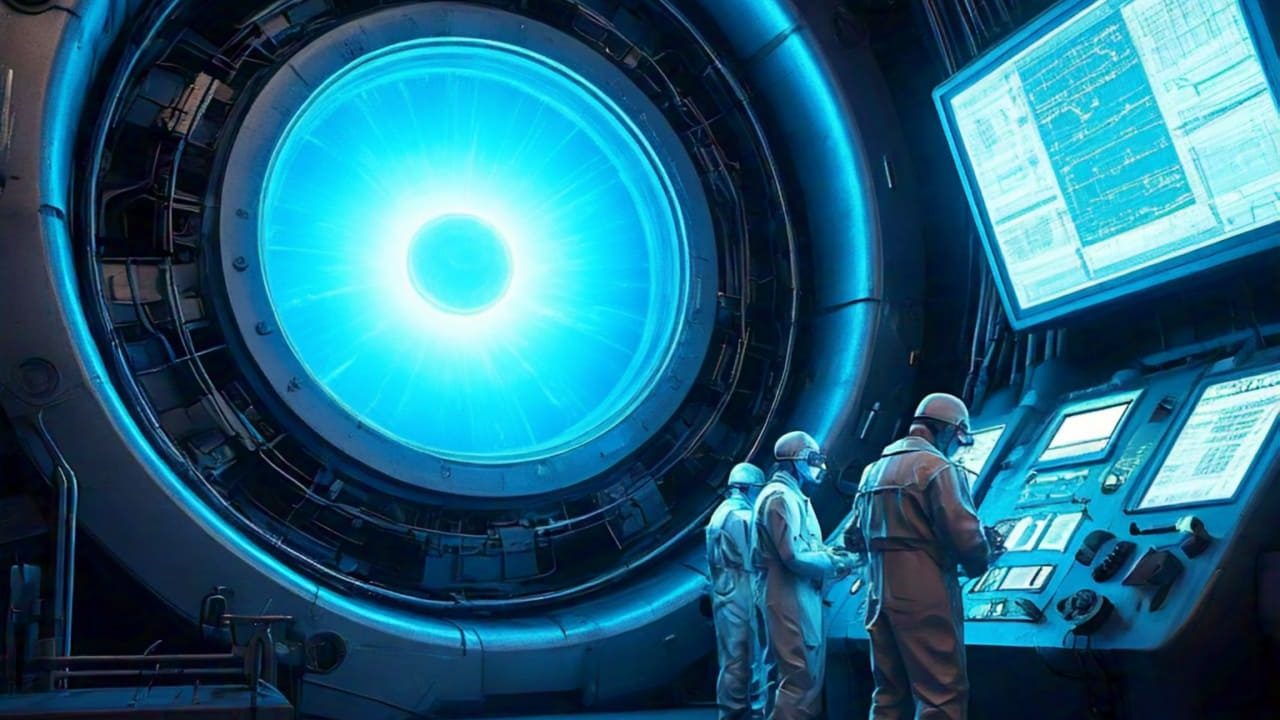
Mayo Meets Nuclear Fusion
Nuclear fusion research has taken an unexpected turn, as scientists from Lehigh University are using mayonnaise, a common household condiment, to advance their understanding of plasma behavior in fusion reactors. This innovative approach leverages the unique properties of mayonnaise to mimic the physical characteristics of molten metal used in fusion experiments, without the need for extreme temperatures and pressures.
Why Mayonnaise?
Mayonnaise, when subjected to a pressure gradient, transitions from behaving like a solid to flowing, much like how plasma behaves under different conditions in a fusion reactor. This transition helps researchers study the Rayleigh-Taylor instability, a critical issue in fusion where different density materials can cause capsules to explode before fusion occurs. By spinning mayonnaise in a wheel, scientists can observe these phase changes at room temperature, providing insights into how to stabilize plasma for fusion.
Real-World Application:
In practical terms, this research could lead to breakthroughs in nuclear fusion, a technology that promises nearly limitless clean energy by mimicking the sun’s fusion processes. For instance, the National Ignition Facility (NIF) in California has been working on inertial confinement fusion, where similar principles apply. The NIF achieved a net energy gain from fusion for the first time in December 2022, highlighting the potential real-world impact of such research.
The Science Behind It
The study involves understanding three phases: elastic (where the substance can recover its shape), plastic (where it deforms but doesn’t flow), and unstable (where it flows uncontrollably). Researchers like Professor Arindam Banerjee have discovered conditions under which “elastic recovery” can occur, essentially helping to keep plasma stable long enough for fusion to happen. This is crucial because in fusion reactors, if the plasma becomes unstable too soon, the reaction fails.
Data Insight:
According to a report from Science, the use of non-Newtonian fluids like mayonnaise in experimental physics has precedents. Similar studies have used materials like silly putty or even custard to study fluid dynamics under stress, which can be directly related to understanding how materials behave under the extreme conditions of fusion.
Implications for Fusion Research
The implications of this research are profound. By understanding how materials transition between phases, scientists can better design fusion capsules that withstand the stresses of fusion conditions. This could lead to more efficient fusion reactors, reducing the energy required to initiate fusion and increasing the yield. Moreover, this approach opens the door to more affordable and accessible research methodologies, not requiring the high-energy lasers or extreme conditions traditionally used.
Conclusion
From a simple sandwich spread to a catalyst in nuclear fusion research, mayonnaise has shown its versatility beyond the kitchen. While it’s unlikely we’ll see mayonnaise-filled fusion reactors, the lessons learned from these experiments could be pivotal in achieving commercial fusion energy. As research continues, the path to harnessing the power of stars on Earth might just become a bit more tangible, thanks to this humble condiment.











